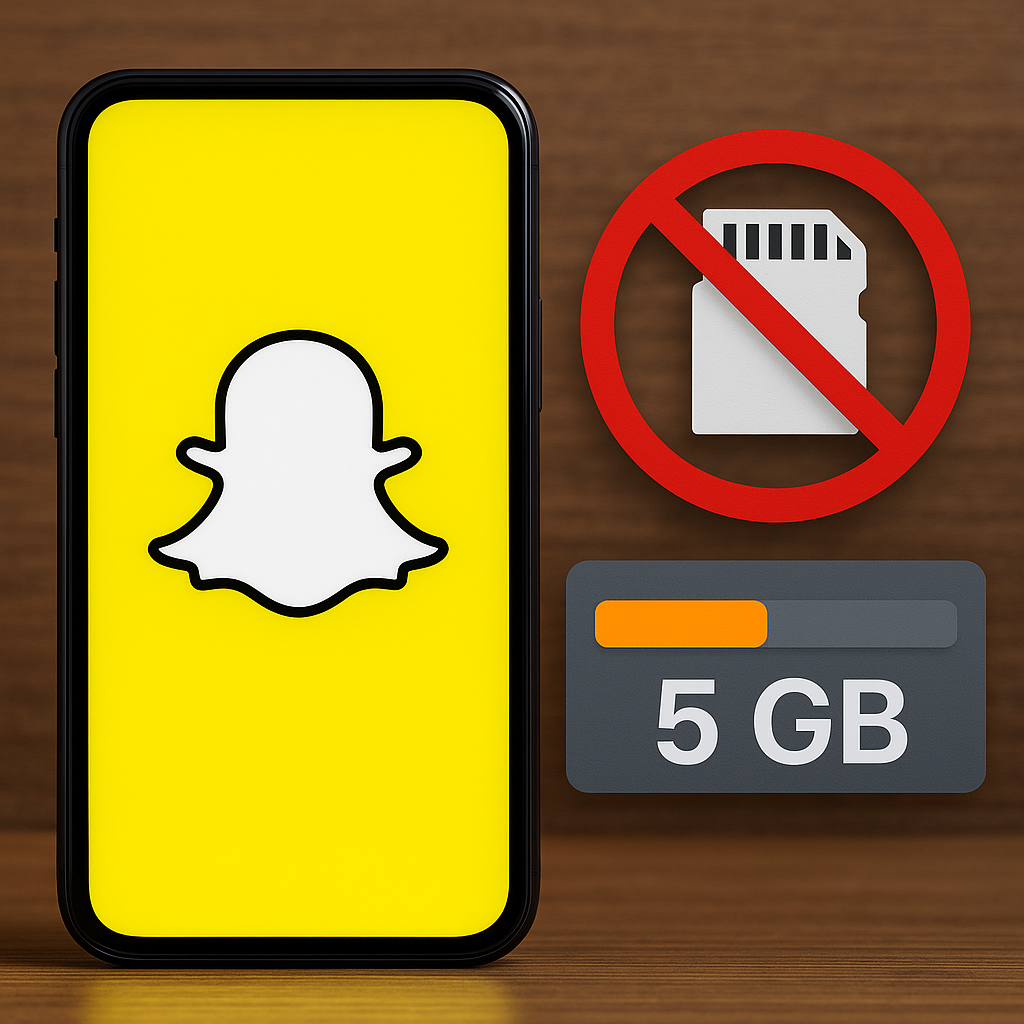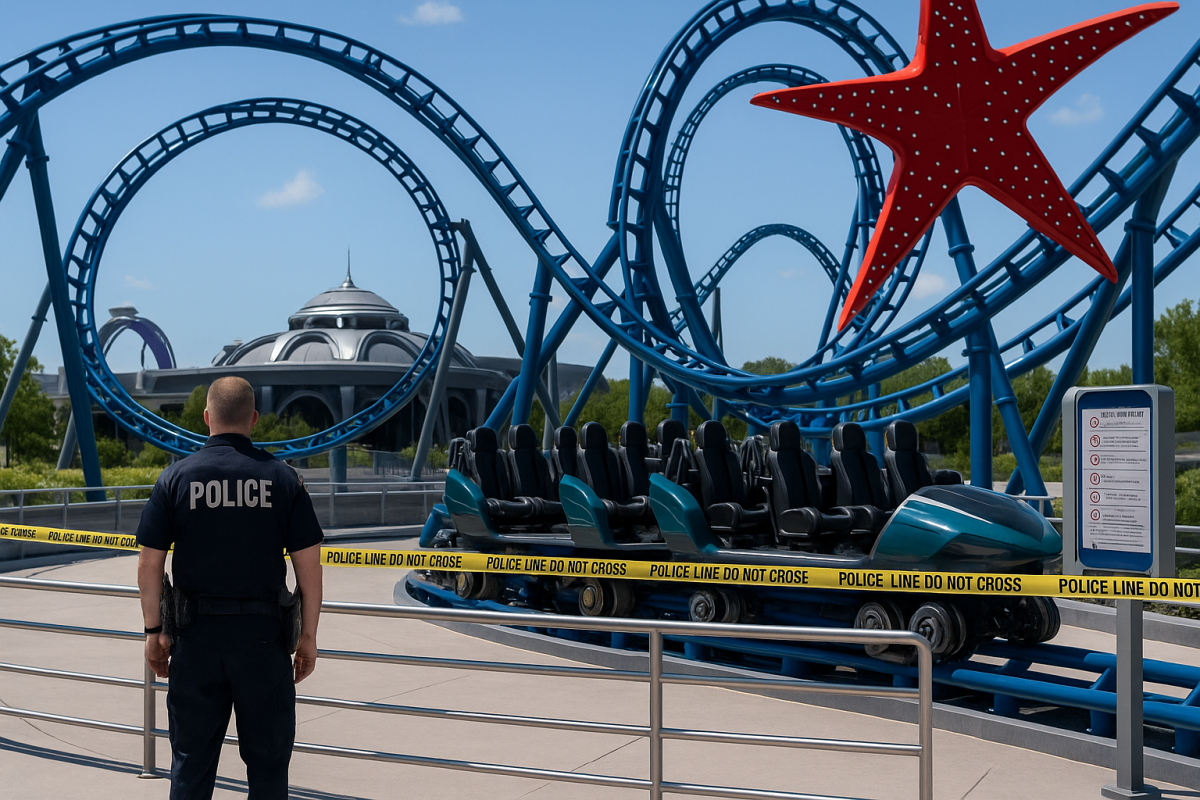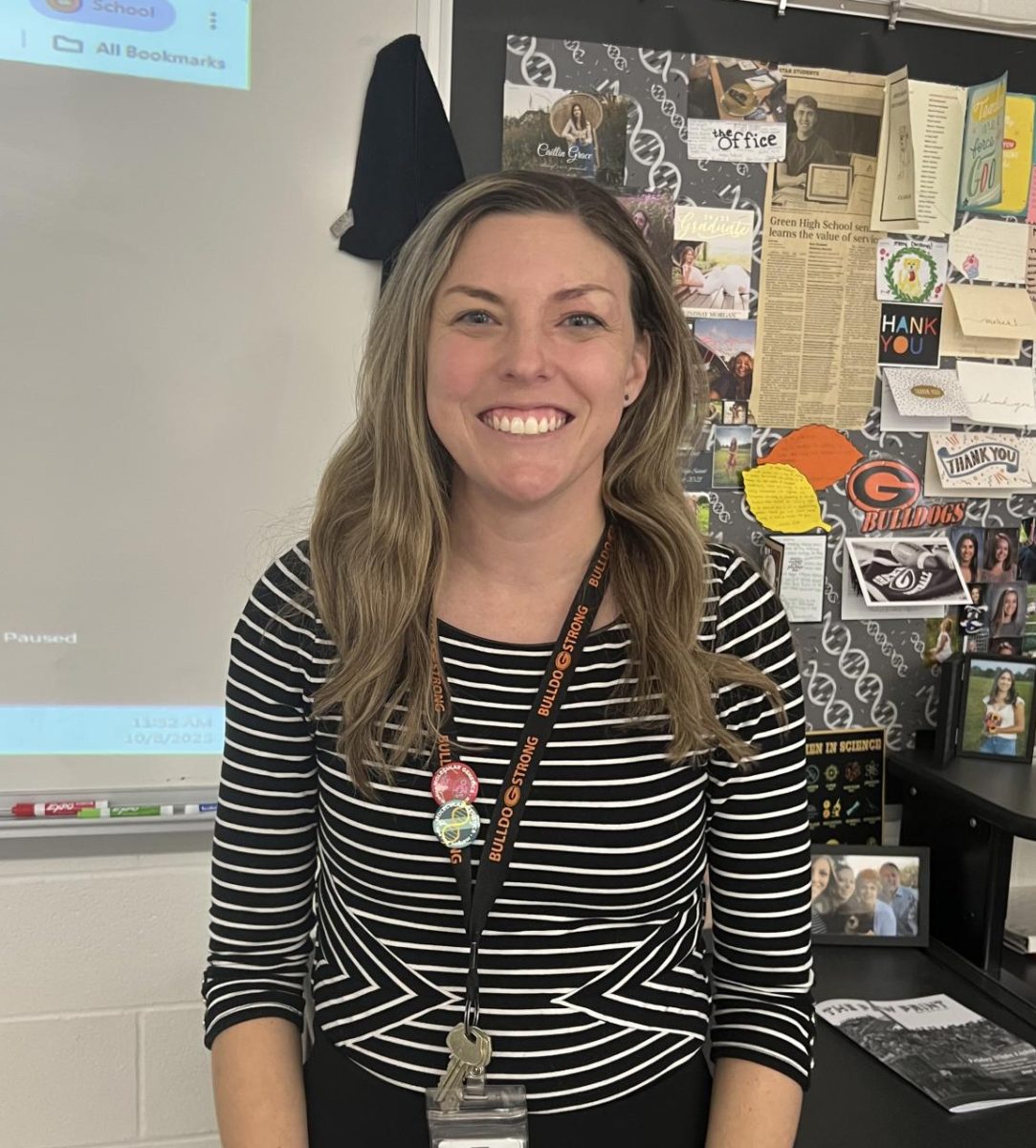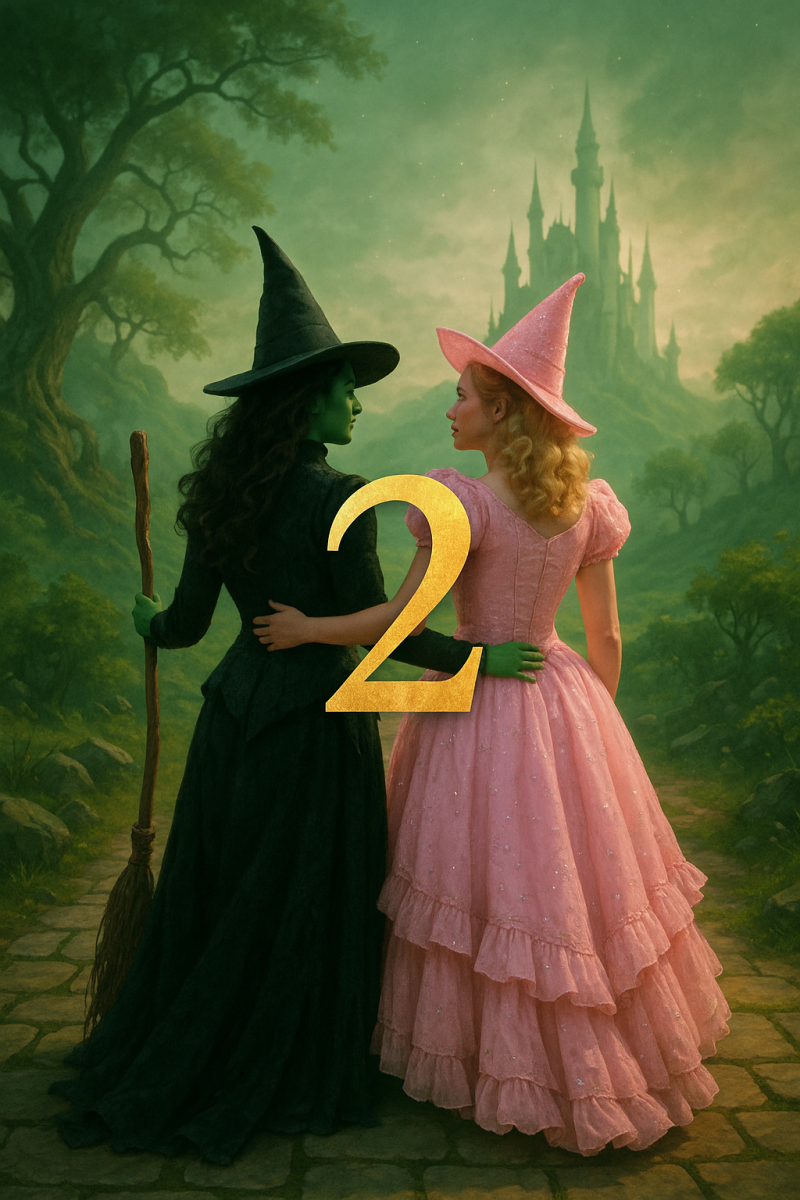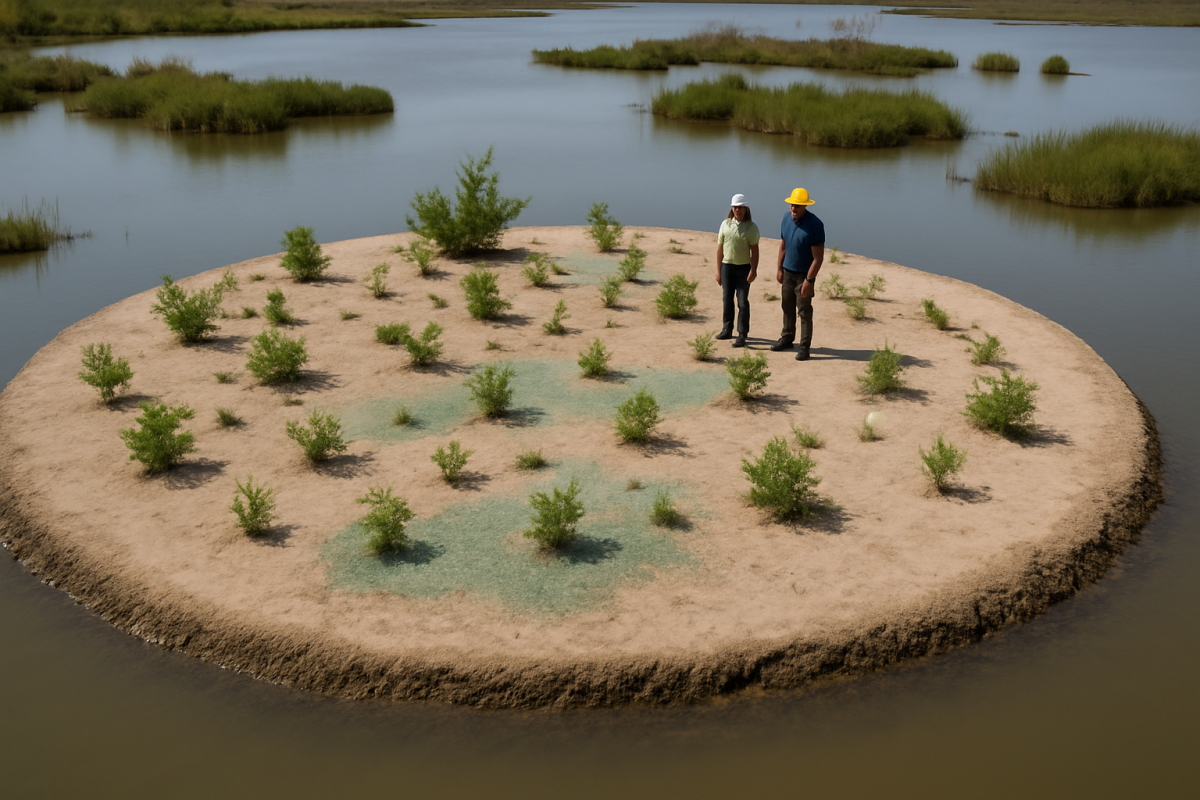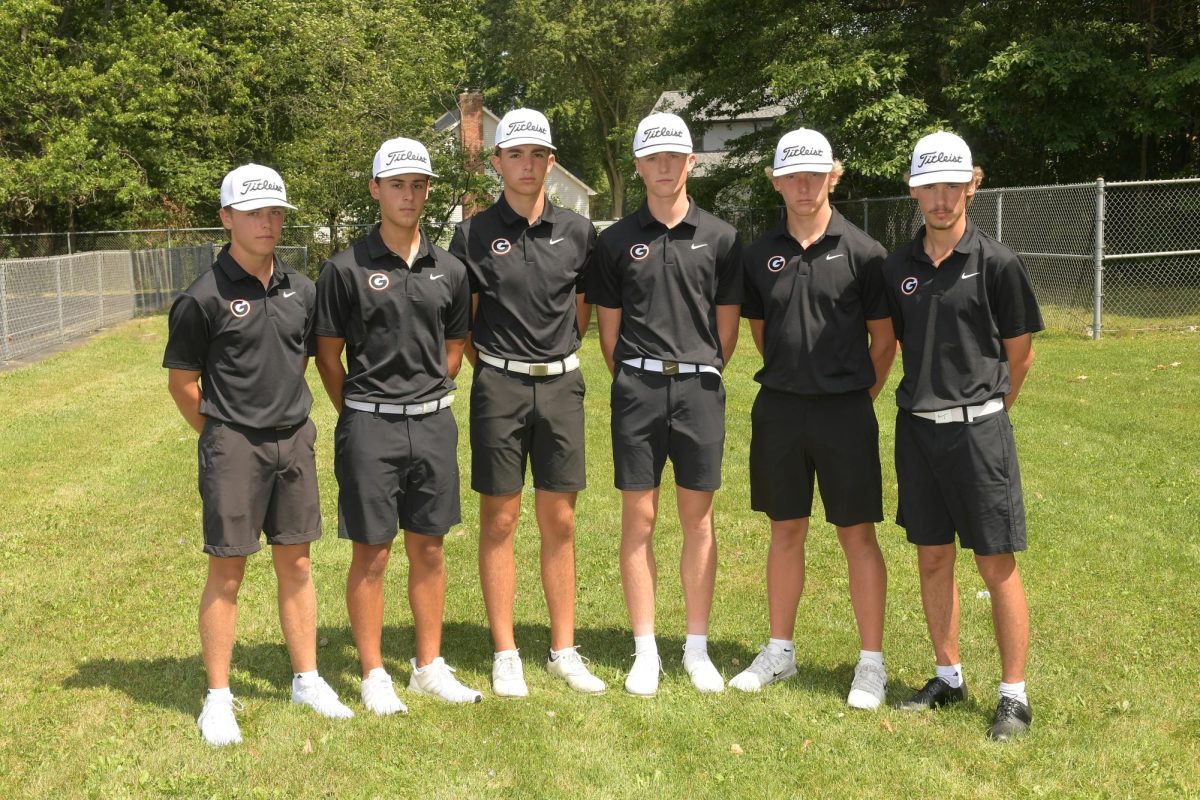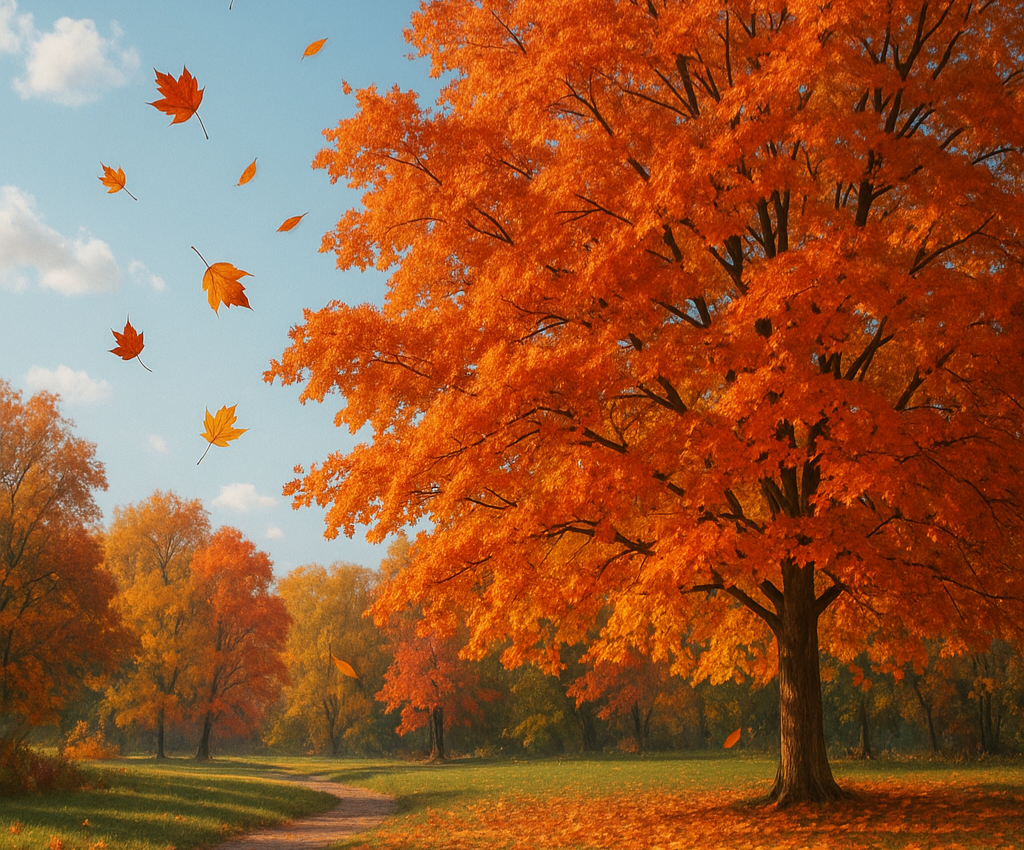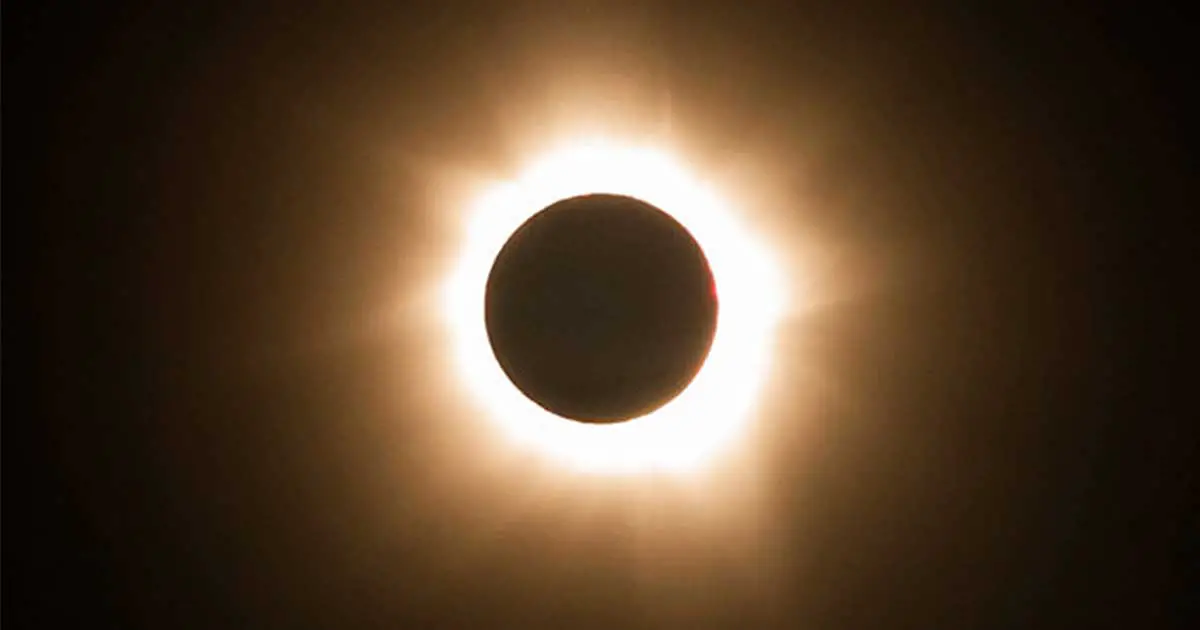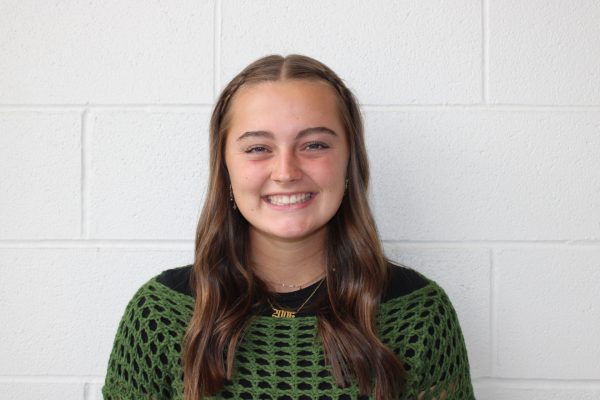In just a little over two months, North America will get to experience a once in a lifetime total solar eclipse that is incomparable to any that have passed through their territory in the past 100 years. April 8, 2024 is the infamous day of the solar eclipse passing through the United States, Mexico and Canada. What makes this solar eclipse so special, in contrast to the one that occurred back in 2017, is the totality part. The solar eclipse that passed through the U.S. in 2017 was what is called an annular solar eclipse, which essentially means that the Moon passed between the Earth and Sun, but the Moon appeared smaller than the Sun because it was at its farthest point from the Earth. Comparably, the solar eclipse that will take place in April is total, and the Moon will completely cover the Sun, obscuring its light for a short period of time. AP U.S. History and AP Government teacher, Mr. Tomecko, has been obsessed with astrology since age 12, and has been counting down the days for this special eclipse.
“Not long after (July 1991) there was an eclipse in the US, with about 30% of the Sun eclipsed here in Ohio. I had no equipment to watch that one safely so I used an old trick where you can see images of the Sun on the ground through the leaves of a tree. Fascinated by this experience, I looked up in books (yes, no internet at that time) when I’d get to see a total eclipse here. I was thrilled to learn there would be one in 2024 because these are so rare. (Ohio’s last one was in 1806!) Now 14 year old me would have to wait until he was 47,” Tomecko said.
Total Solar eclipses happen once every year or two at different locations across the globe, and partial eclipses appear even more frequently at one to two times a year. Luckily, the total solar eclipse occurring in April not only occurs in the United States, but a clear view will be available in Ohio as well. Despite the mediocre view in the states outside the line of totality, Ohio will get to experience several different phases of a total eclipse. First, about one minute before totality, the viewers will see what are called shadow bands. While these don’t appear in the sky, the walls and buildings outside will have alternating dark and light lines as the Earth’s atmosphere distorts the light. Next are Bailey’s beads about five seconds before totality. This phase of the eclipse is extremely difficult to see as only light that gets blocked by the Moon’s craters and valley’s escapes to the other side. The most notorious phase that follows Bailey’s beads is the diamond ring. This feature is pretty self explanatory as a thin ring of light surrounds the Moon as it almost completely covers the Sun. Once the diamond ring phase is complete, the totality is visible and the viewers can see the Sun’s rays bouncing off the moon with other cool solar features in the dark sky such as particularly bright stars or other planets. The entire solar eclipse will last up to four minutes, which is an above average length for total solar eclipses.
Certain parts of North America have advantages when it comes to the solar eclipse in April, and these locations appear in what is called a line of totality, which shows the moon’s crossing path throughout the day. Several U.S. states appear in this year’s path, including Texas, Arkansas, Illinois, Indiana, and most importantly, Ohio. While the City of Green is on the outside edge of the 100 mile wide path of totality, receiving an incomplete view, Mr. Tomecko is from Medina, and will get to see a more centered viewing of totality in his residence.
“Medina is in the path of totality, meaning the Moon will move perfectly between us and the Sun to block it completely. (Green is near the path, so 99% will be blocked. Not bad, but just not quite the same.) Totality really is an amazing sight!” Tomecko said.
Even though Green’s view of the Moon blocking the Sun’s rays isn’t necessarily completely covered, it will still be as prominent as it will be in cities like Bowling Green, Mansfield, and Lima. In fact, most of the United States will get to experience some effects of the total solar eclipse, as the sky will get increasingly dark as the moon blocks a portion of the sun while it’s making its way down the path.
Other important things to note about the upcoming solar eclipse are both safety and tourism. Safety is not often thought of when it comes to viewing a solar eclipse; however, it is necessary as eyes unprotected from the Sun’s rays can face serious damage. Using eclipse glasses or eclipse friendly lens on binoculars and cameras will be necessary at all times when viewing the Moon cross the Sun. The only safe period to remove the glasses is when the Moon is completely in front of the Sun, and totality is achieved. Tourism is also an impending effect of extremely uncommon eclipses, such as the one occurring in two months. During the 2017 partial eclipse, South Carolina was in the line of totality. To get a glimpse of the moon crossing the Sun, 1.6 million people flocked to South Carolina, bringing in $269 million in revenue for the state. Similar events transpired in other U.S. states within the 2017 line, and the same is expected for the April eclipse, but on an even larger scale. With Ohio being in the line of totality, tourists from across the nation will be expected to make a trip here, and to the other states with great views.
“People will flood into this area, and many have already made plans to do so. Traffic will be heavy and could grind to a halt around 3:00 that afternoon. If it’s a bad weather day, many will be driving out of our area to places in the path with clearer skies,” Tomecko said.
As of recent news, Green Local Schools students will not have classes on the day of the total solar eclipse in April. This day off gives students a once in a lifetime opportunity to firsthand view a total solar eclipse in their hometown. This is a great educational opportunity for all grades, as they get to witness a complete eclipse that most people go their whole lives without seeing. Unfortunately, the same privilege is not provided to Green school teachers, as they still have to work on April 8th for a staff development day. Despite these adverse circumstances, Mr. Tomecko still got the day off, as he requested it months in advance to ensure that he got to see the eclipse he has been waiting 47 years for. His plans for the day are already in motion.
“I plan to set up camp in my driveway and invite neighbors and friends over. I will safely project the sun through a pair of large binoculars onto a whiteboard so everyone can see the eclipse develop. I also have lots of leaded glass that is safe to use to look at the sun,” Tomecko said.
Because this opportunity is extremely rare for both the United States and Ohio specifically, it is encouraged to go outside at around 3:15 on the 8th of April, with some protective eclipse glasses, to view the total solar eclipse. Don’t waste this special opportunity laying in bed on the day off; instead, go outside and take in the beautiful elliptical event that is happening right before your eyes.
A Letter to the Superintendent
Dear Mr. Miller,
On behalf of all of Green High School, we would like to ask you for the day off from school on April 8th. As you may know, the total solar eclipse occurs on this day, and it is not only a historically rare event in the United States, but it is also an extremely valuable educational opportunity. After reading my article and learning about what this elliptical event has to offer, we can’t see why having school on this day would be beneficial to anyone. Giving your students in grades K-12 no school on this day will give them the opportunity to relish in a solar event that they may never get to see with their own eyes ever again in this lifetime. Even other schools across the states are calling off; Canal Winchester (that one football team we beat in the playoffs) already has freed their students from the educational burdens on a history-making day! Anyways, we hope you see the value that this day holds for all of your students, and you make the reasonable decision to cancel school, and let Mark Tomecko live out his childhood dream of witnessing the total solar eclipse with his very own eyes. Afterall, he has been waiting 30 years, and he won’t get to see one again….
Sincerely,
The Paw Print Staff
(and the Green High School student body)

